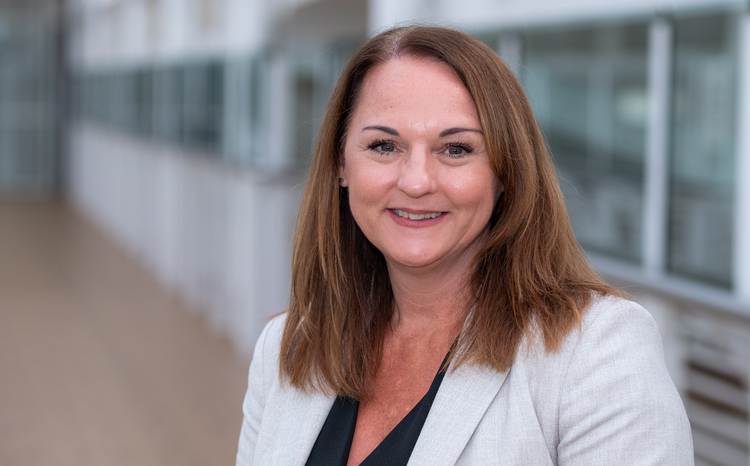No show from iSOFT at GP2GP transfer meeting
- 28 April 2005
One of the leading GP system suppliers has been criticised after dropping out of a demonstration of GP2GP record transfer functionality to national GP representatives.
iSOFT was due to demonstrate its progress in developing GP2GP functionality alongside GP system suppliers EMIS and InPractice Systems last week at the British Medical Association’s GP committee meeting. However the company decided to drop out less than 24 hours before the meeting went ahead.
iSOFT’s failure to demonstrate its system at the meeting has also led to questions about its progress on GP2GP functionality, though the company issued a statement to EHI Primary Care assuring GPs that transfer functionality for both its Synergy and Premiere solutions was progressing ahead of internal development schedules. iSoft also said it was confident of meeting existing NPfIT system programme timescales and requirements
Dr Paul Cundy, chairman of the BMA’s General Practitioner Committee’s IT sub-committee, said he received an email less than 24 hours before the monthly GPC meeting took place.
He told EHI Primary Care: ‘I am increasingly concerned about the lack of any visibility of any work on this functionality for Torex (iSOFT) users.’
The company’s failure to appear at the GPC meeting was also criticised by Richard Gunn, chairman of the iSoft Users Group.
He said: “I have fed back to the company the fact that the user group is concerned that they dropped out of the GPC meeting at short notice. My understanding is that they are on track to produce the GP2GP software and I don’t think people need to be too concerned at the moment although the jury is still out. We haven’t seen anything yet so all we have got is what the company tell us is in the pipeline.”
Piloting of GP2GP is due to begin in practices using live records at the end of next month, involving InPractice Systems and EMIS but not iSOFT.
A statement issued by iSOFT to EHI Primary Care says: "iSOFT was unable to attend the BMA’s General Practitioners Committee meeting due to circumstances beyond our control which occurred at short notice. We deeply regret not being able to support this meeting and recognise its importance as part of the overall programme of communication with clinicians.
"iSOFT’s development of GP2GP transfer functionality for both Synergy and Premiere is progressing ahead of our internal development schedules and we are confident of meeting existing NPfIT system programme timescales and requirements.
"We fully expect that roll out of this functionality will commence upon NPfIT certification and will be fully compliant with the requirements set out by the NPfIT. iSOFT will continue to seek other opportunities to demonstrate our ongoing progress ahead of NPfIT certification.”
Gunn said his view was that iSOFT practices need not worry at the moment if the company is not involved in the initial pilots for GP2GP as there would still be time to catch up. He added: “I think it’s a shame we’re not in the first group but iSOFT may be able to reap the benefit of the pain that the first systems have gone through. It may end up that the roll out is not different for iSoft users as for the others. The problem is that we just don’t know at the moment.”
Gunn said many practices had been contacting the user group with concerns about the overall lack of development of the iSOFT product and concerns about the pressure many said they were under from primary care trusts to move systems.
“My advice to practices is to sit tight and hold your nerve for now. iSoft have started from behind in some ways in that they have bought into the primary care market rather than growing into it, but a lot of work has been going on and hopefully we will start to see the first fruits of that shortly. iSoft have a good record of enabling rapid application development and good quality design. ”
At the GPC meeting last week members were able to see how record transfer between two EMIS practices and two InPractice Systems’ practices would work as well as transfers between InPractice Systems and EMIS.
Dr Mike Robinson, clinical director of InPractice Systems, said InPS was in the middle of compliance testing to take part in the pilots to be run by NHS Connecting for Health, due to start at the end of May.
Dr Robinson added: “We couldn’t demonstrate 100% of the functionality to GPC members because you need a live spine for that but we were able to demonstrate the messaging and some of the workflow and the feedback we had from those who saw it was very positive.”
Sean Riddell, deputy managing director of EMIS, said EMIS had completed the ‘pipe cleaning’ part of the compliance testing and was now going on to interoperability testing.
He added: “GP2GP is not just about the messaging, which is the NPfIT bit, but about how it affects the workflow in the practice and we are doing a lot of iterative development on that and that is the bit we will be most anxious about.”
At the GPC meeting last week the committee debated at what point in the GP2GP process the electronic record should be sent. The possibilities were to ‘lock’ the electronic record 48 hours after the patient registered at a new practice or to keep it in an ‘open’ state so that alterations and additions could be made, such as pathology results, until the electronic record was forwarded to the new practice at the same time as the paper record.
The committee decided it was in the best interest of patients to forward electronic records as swiftly as possible to the new practice and advised the GP2GP team that the electronic records should be sent as soon as the patient registers at a new practice.





